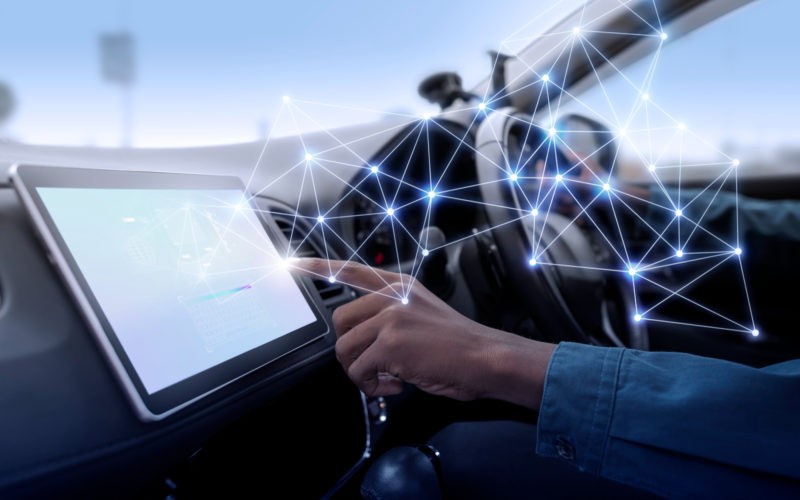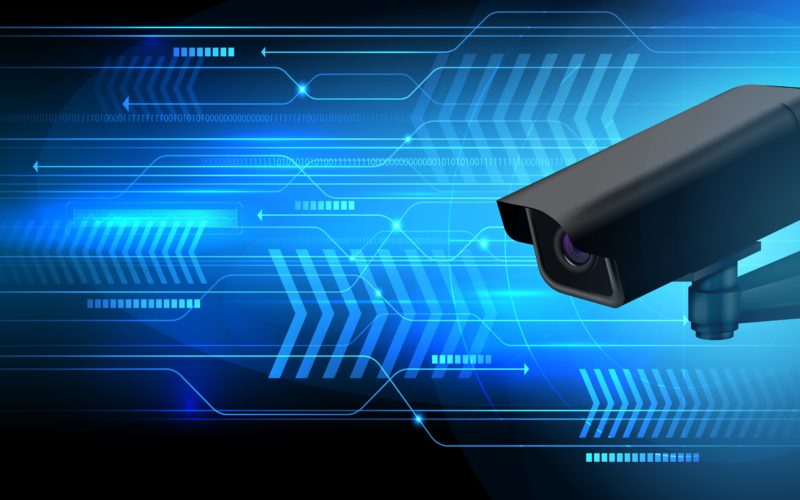When people hear “AI in transportation,” most picture sleek self-driving cars cruising down highways or flying taxis buzzing through the sky. It sounds like science fiction, and yeah, some of it still is.
But here’s the thing: AI is already changing how we move around, and it’s happening all around you, every single day. No flying taxis required (yet).
Self-driving cars may grab the headlines, but AI is quietly transforming transportation in way more practical, everyday ways — ways that affect your commute, your deliveries, your city traffic, even how emergency vehicles get to where they’re needed fast.
The best part? A lot of this tech is already working behind the scenes. You just might not see it.
AI’s Invisible Hand in How We Get Around
You may not realize it, but AI has been part of your daily travel routine for years. Think of it like having a digital traffic cop, logistics coordinator, and problem-solver all rolled into one, operating in the background to keep things moving.
Smarter Traffic Flow
Let’s start with traffic lights. In cities like Los Angeles, AI helps control traffic signals based on real-time data. Cameras and sensors track congestion, and AI adjusts the timing to ease bottlenecks.
The result? Fewer traffic jams, smoother commutes, and less of that “stuck at a green light but no one’s moving” frustration.
It’s not perfect, but it’s a huge improvement, and the tech is only getting smarter.
Better Public Transit
Public transit isn’t immune to AI’s influence either. Buses, trains, and even rideshares are becoming more reliable thanks to predictive scheduling and real-time route adjustments.
Take Singapore, for example. Their transit system uses AI to track rider patterns, predict demand, and tweak schedules to keep things running on time. That means fewer delays, shorter wait times, and a smoother ride for everyone.
Apps that tell you when your bus or train will arrive? Yep, AI’s behind that too.
Deliveries That Practically Run Themselves
Ever wonder how your online orders seem to arrive faster than ever? Companies like DHL, FedEx, and Amazon lean heavily on AI to make that happen.
AI optimizes delivery routes, predicts demand spikes, and helps warehouses operate more efficiently. It’s the reason same-day and next-day delivery are becoming the norm instead of the exception.
The more data AI gets, the better these systems become at getting your packages to your doorstep fast.
Data: The Fuel Powering AI in Transportation
Behind every smart system is data, and transportation produces mountains of it.
Think GPS signals, road cameras, traffic sensors, vehicle diagnostics, and connected infrastructure. It’s a constant stream of information flowing into AI systems.
AI uses that data to:
- Spot patterns in traffic
- Predict potential slowdowns
- Recommend better routes
- Detect accidents or hazards
- Even prevent crashes before they happen
It’s like giving transportation networks a brain that learns and adapts over time.
Quick tech explainer: When people talk about “machine learning” or “neural networks,” they’re basically talking about AI learning by example. The more data it sees, the smarter and more accurate it becomes, just like people learning from experience.
AI Solves Real-World Transportation Headaches
AI in transportation isn’t just cool tech for tech’s sake. It’s fixing real problems that have frustrated commuters, city planners, and businesses for decades.
Cutting Down Traffic and Emissions
We all hate traffic jams, and so does the planet. Idling cars mean more emissions, wasted fuel, and grumpy drivers.
AI helps reduce congestion by optimizing routes and adjusting traffic flow in real time. That means fewer cars stuck on the road and less air pollution.
With many cities pushing aggressive climate goals, AI’s ability to ease congestion and cut emissions is a game-changer.
Predictive Maintenance to Keep Things Moving
Traffic isn’t the only cause of delays. Vehicle breakdowns, especially in planes, trains, or buses, can cause massive disruptions.
AI helps prevent that by monitoring vehicle performance and spotting issues early. Airlines already use AI to predict when parts will fail, schedule maintenance, and reduce flight delays.
Imagine that same predictive power applied to buses, trains, or even delivery trucks, keeping everything running smoother.
Making Roads Safer
AI doesn’t just improve convenience — it helps save lives. Advanced AI systems can analyze traffic patterns, road conditions, and even driver behavior to help prevent accidents. Some smart systems detect hazards, like a car speeding toward an intersection—and adjust traffic lights or send alerts to nearby drivers.
As these systems improve, they could play a major role in reducing traffic accidents and fatalities.

It’s Not All Smooth Sailing — AI Has Roadblocks Too
As promising as AI is, it comes with its own set of challenges:
Building Public Trust
We’re fine with AI suggesting a shortcut on Google Maps. But letting AI drive our cars? Or control city-wide traffic systems? That’s a harder sell.
Building public trust will take time and transparency. People need to know how these systems work, how safe they are, and what happens when things go wrong.
Data Privacy Concerns
AI runs on data, but that raises privacy questions:
- Who owns transportation data?
- How is it stored?
- Is it protected?
- What if AI makes the wrong decision?
These concerns aren’t going away, and regulators, tech companies, and the public will need to work together to find answers.
The Self-Driving Car Hype
We’ve been promised self-driving cars for years, but the reality is… complicated.
AI can handle many driving tasks, but fully autonomous cars still struggle with unpredictable situations:
- Bad weather
- Pedestrians appearing out of nowhere
- Sudden construction zones
Experts say we’re still several years away from everyday, truly driverless vehicles.
The Hidden AI Revolution in Freight and Shipping
AI is also quietly reshaping how goods move around the world, and most people don’t even realize it.
Optimizing Supply Chains
Global supply chains are complex. One delay can cause a ripple effect across countries.
AI helps by forecasting demand, tracking shipments, and rerouting deliveries when needed. Companies like FedEx and Amazon use AI to adjust for traffic, weather, or surges in package volume, keeping goods flowing efficiently.
Smarter Ports and Terminals
AI also improves operations at major ports. Systems analyze cargo loads, weather patterns, and ship schedules to reduce congestion and speed up processing times.
Faster shipping means lower costs for businesses, and fewer shortages for consumers.
Where AI in Transportation Is Headed Next
We’re only scratching the surface of what AI can do for transportation. Future applications will go far beyond navigation apps or automated logistics. Here’s what’s coming:
AI-Powered Urban Planning
Cities are using AI to model future transportation needs. These systems simulate traffic trends, population growth, and environmental impacts to help plan roads, public transit, and smart infrastructure that can adapt over time.
Emergency Response Upgrades
AI can help clear routes for ambulances, fire trucks, or police vehicles, saving valuable time during emergencies.
Stockholm is testing AI traffic control systems designed to automatically adjust signals and make way for first responders.
Supporting Greener Transport
As electric vehicles (EVs) grow in popularity, AI will help optimize charging station placement, manage grid demands, and keep everything running efficiently.
AI can also improve energy use in public transit, helping cities meet their emissions targets.
The Bottom Line: AI Is Already Shaping How We Move
AI in transportation isn’t some far-off dream — it’s already happening all around us.
It’s easing traffic. Making public transit more reliable. Speeding up deliveries. Helping prevent accidents. And laying the foundation for safer, cleaner, more efficient transportation.
Sure, challenges remain, especially with public trust, privacy, and complex tech like self-driving cars. But one thing’s clear: AI is steering transportation in a smarter direction.
Next time your commute feels surprisingly smooth or your package shows up early, remember — there’s probably an AI system working quietly in the background to make that possible.
The future? It’s already on the road.












